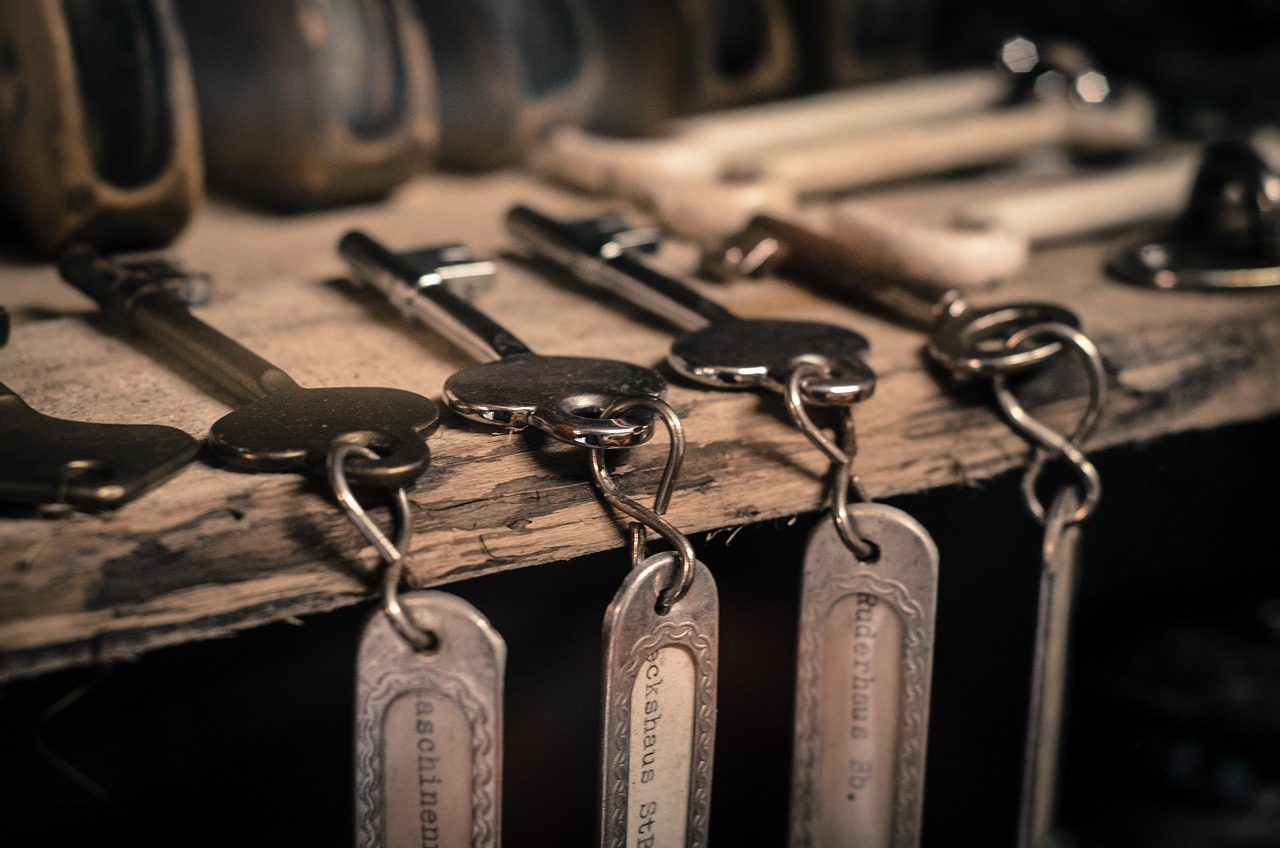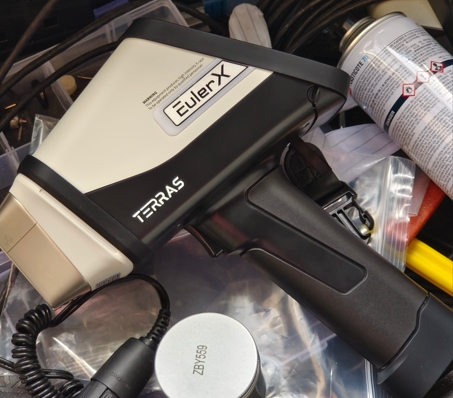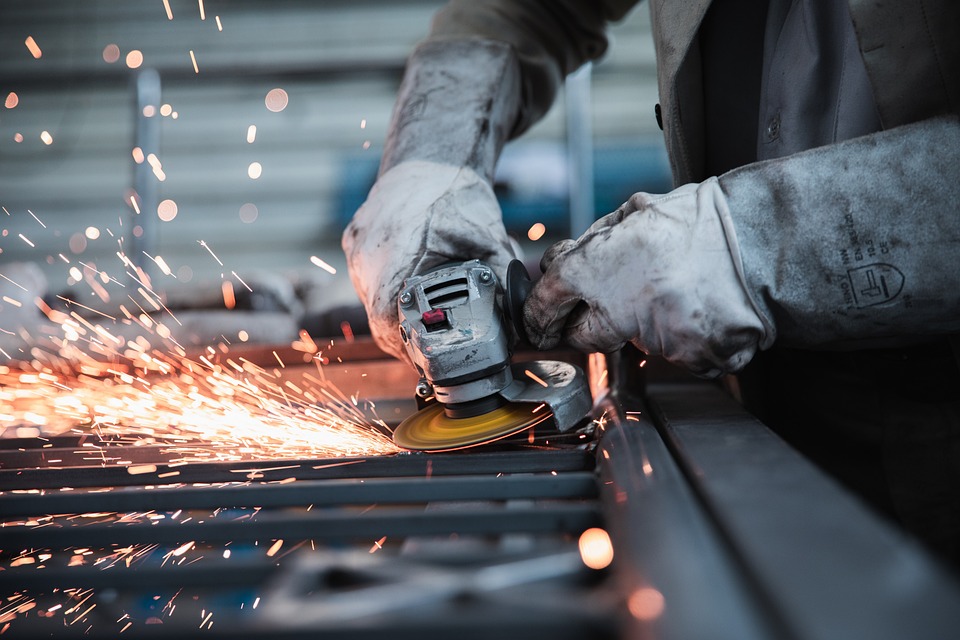
XRF Technology
A high-tech enterprise focusing on the development and application of X-ray technology products, committed to becoming a leading supplier of X-ray industrial testing solutions.
Maximizing Efficiency: Best Practices for Using a Handheld XRF Alloy Analyzer
In today’s fast-paced industrial environment, the need for quick and accurate material analysis has never been more critical. Handheld XRF (X-ray fluorescence) alloy analyzers have emerged as indispensable tools for professionals in various sectors, including manufacturing, recycling, and metal fabrication. To help you get the most out of your handheld XRF alloy analyzer, we’ve compiled a list of best practices that can maximize efficiency and improve accuracy in your material assessments.
Understanding Your XRF Analyzer
Before diving into best practices, it’s essential to understand how a handheld XRF analyzer works. These devices utilize X-ray fluorescence to identify the elemental composition of metals and alloys. When X-rays are directed at a material, they excite the atoms within, causing them to emit secondary X-rays. The analyzer then detects these emissions and identifies the elements present based on their unique spectral fingerprints.

Terras EulerX900 Handheld Alloy Analyzer
Best Practices for Efficient Use
1. Familiarize Yourself with the Device
Take the time to thoroughly read the manufacturer’s manual and understand your specific model’s features. Familiarization helps in optimizing the settings and interpreting results correctly. Many analyzers come with specific modes for different types of materials, so knowing which mode to use can enhance accuracy.
2. Calibrate Regularly
Regular calibration is crucial for ensuring the accuracy of your readings. Follow the manufacturer's guidelines for calibration frequency and procedures. A well-calibrated device will provide more reliable results, reducing the risk of costly errors in material identification.
3. Prepare the Sample Surface
For optimal results, ensure that the sample surface is clean, dry, and free from contaminants. Any dirt, grease, or oxidation can interfere with the readings. Use a suitable cleaning method, such as a solvent wipe or brush, to prepare the surface before testing.
4. Optimize Testing Time
Each material has a specific time required for an accurate analysis. While many handheld XRF analyzers can provide instant results, allowing the device to analyze the sample for a longer period can improve accuracy. Consult your device’s guidelines to determine the ideal testing duration for various materials.
5. Use the Correct Testing Angle
The angle at which you hold the analyzer can affect the readings. Position the device perpendicular to the sample surface to ensure that the X-rays are directed appropriately. This positioning minimizes errors and helps achieve consistent results.
6. Know Your Limitations
While handheld XRF analyzers are powerful tools, they do have limitations. They may struggle with certain light elements or thick coatings. Understanding these limitations will help you interpret results accurately and know when to use alternative testing methods.
7. Document Your Results
Keep a detailed record of your readings, including sample descriptions, testing conditions, and results. This documentation can help identify trends over time and is invaluable for quality control and compliance purposes. Many analyzers offer software that can facilitate data logging and analysis.
8. Train Your Team
If you work with a team, ensure that everyone is trained in the proper use of the handheld XRF analyzer. Consistent training ensures that all team members understand best practices and can produce reliable results.
9. Regular Maintenance
Routine maintenance is vital for the longevity and performance of your device. Follow the manufacturer’s recommendations for cleaning and maintenance. Regular checks can prevent downtime and costly repairs, ensuring that your analyzer remains in peak condition.

Terras EulerX900 Handheld Alloy Analyzer
10. Stay Updated on Technology
The field of material analysis technology is continually evolving. Stay informed about new features, software updates, and best practices that can enhance your handheld XRF analyzer's capabilities. Participating in training sessions or webinars can be beneficial.
The EulerX 900 series has proved to be an excellent choice for metal analysis in a wide fields, providing fast, accurate results directly to the user. Thanks to its cutting-edge electronics and sophisticated mathematical algorithms, the EulerX 900 series ensures superior measurement quality within seconds. This makes it an ideal tool for inspecting and analyzing incoming materials, finished products, and in-process production parts in a non-destructive manner. Its simplicity of operation allows users to quickly view alloy grade and chemical composition on the touch screen display, achieving laboratory-quality analysis with minimal training and virtually no need for sample preparation, regardless of the sample is shape or size.
Conclusion
Handheld XRF alloy analyzers are powerful tools that can significantly improve material analysis efficiency when used correctly. By following these best practices—familiarizing yourself with the device, maintaining it regularly, preparing samples properly, and documenting results—you can maximize the effectiveness of your analyzer. With the right approach, you’ll not only enhance the accuracy of your readings but also contribute to the overall productivity of your operations. Embrace these practices, and you’ll be well on your way to becoming an XRF analysis expert!
Join Us
Subscribe to our email list for updates & promotions.



